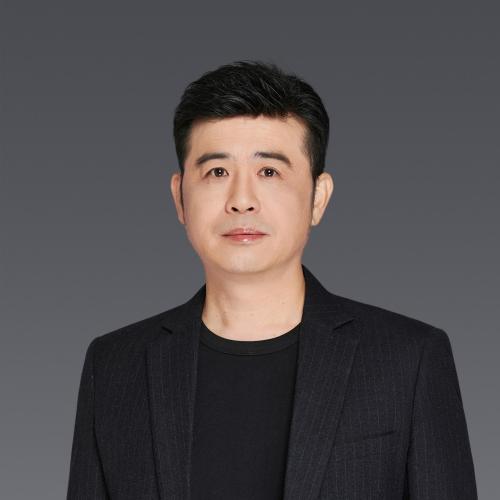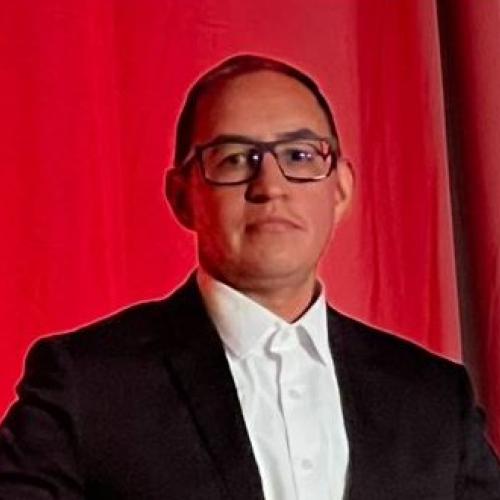12.50-1.05 – Meeting Slot 9
1.10-1.35 – Meeting Slot 10
1.40-2.00 – Meeting Slot 11
12.50-1.05 – Meeting Slot 9
1.10-1.35 – Meeting Slot 10
1.40-2.00 – Meeting Slot 11
9 Finalists
7 minutes presenting









Pet Connects Best in Show Alumni join us back on the main stage to showcase how far they've come and provide insight for this year's finalists.
Asia is home to some of the fastest-growing, most digitally advanced pet economies in the world. For U.S. pet brands eyeing global growth, the opportunity is enormous.
We unpack how success demands a hyper-local strategy, what it takes to win in markets like China, Japan and South Korea, from regulatory navigation and platform preference to pricing nuance and cultural fit.
Learn how to localize, partner smartly, and build lasting traction in the region.





Go behind the scenes of Allivet’s strategic acquisition by Tractor Supply and the bold partnership expanding rural access to pet health care. Ujjwal Dhoot shares how the team is navigating the complexities of integration, tips for leaders managing through change and transformations, and how they’re harnessing the power of retailer-vet collaboration to scale care, improve outcomes, and stay competitive in a rapidly evolving market.


What happens when a one-time DNA test becomes the gateway to an entire pet parent journey? This case study unpacks a bold pivot to D2C—why it was made, what it takes to win, and how content, curation, and community can turn data into daily engagement, recurring revenue, and lasting brand loyalty.

Amish Desai is a seasoned executive known for leadership in consumer retail across financial, retail, and strategic development areas. As CEO and Board Member of Embark Veterinary, Inc., a global leader in dog health and genetics, he drives customer-centric innovation and multi-channel growth strategies.
Appointed CEO in December 2023 after serving as CFO since July 2022, Amish brings over 20 years of consumer-focused leadership across multi-scale global brands. His extensive retail experience includes transformational roles at Victoria's Secret, Henri Bendel, and J. Jill, where he played a key role in the company's transition from private equity to a successful public offering. Previously, as Senior Vice President at Rue Gilt Groupe, he led comprehensive finance functions including M&A and strategic planning.
Amish's expertise spans strategic planning, financial planning and analysis, retail operations, customer insights, and business acquisition integration across multinational public and private companies. His focus at Embark centers on accelerating innovation, expanding category awareness, and growing multi-channel distribution while supporting pet parents through core DNA offerings and new product development.
He began his career at Deloitte and holds an MBA from Lehigh University. Amish is a Certified Public Accountant and Certified Management Accountant, serves as an advisory board member to Stylecard, Vice Chairman and board member of the South Shore YMCA, and is a founding member of The F Suite, connecting executives across leading venture capital and high-growth technology companies.
A revolution in personalised pet health is underway powered by smarter diagnostics, real-time data, and rising consumer demand. With the benefit of hindsight from human health, the pet industry has a unique opportunity to leapfrog old barriers and define the next growth frontier. Discover what it takes to lead the charge.

Dr. Cherice Roth is a graduate of Texas A&M College of Veterinary Medicine. Along with her Doctorate she also holds a Master’s Degree in Biochemistry. She is currently the Chief Veterinary Officer of Digital Pet Health for Mars Veterinary Health, as well as Lead Medical Advisor for KeraVetBio and a board member for Seattle Humane Society, Board of Chief Veterinary Medical Officers (BCVMO) & Wallace Health. Dr. Roth is an author of children’s books. Her books, “What’s a REAL Doctor?” and “What does a REAL Doctor look like?” both focus on veterinary medicine, STEM, and representation within medical fields. She is also the author of the textbook, Virtual Veterinary Care and Telemedicine. She believes that veterinary virtual care is the answer for health disparities in pets, as well as part of the answer to psychological health issues of veterinary professionals. Outside of work, you can find her in the woods of Oregon with her many “Roth Ranch” animals, her sons (The Rothlings), and her husband, or serving on the medical board for several boxer, Doberman and dachshund charitable organizations.



